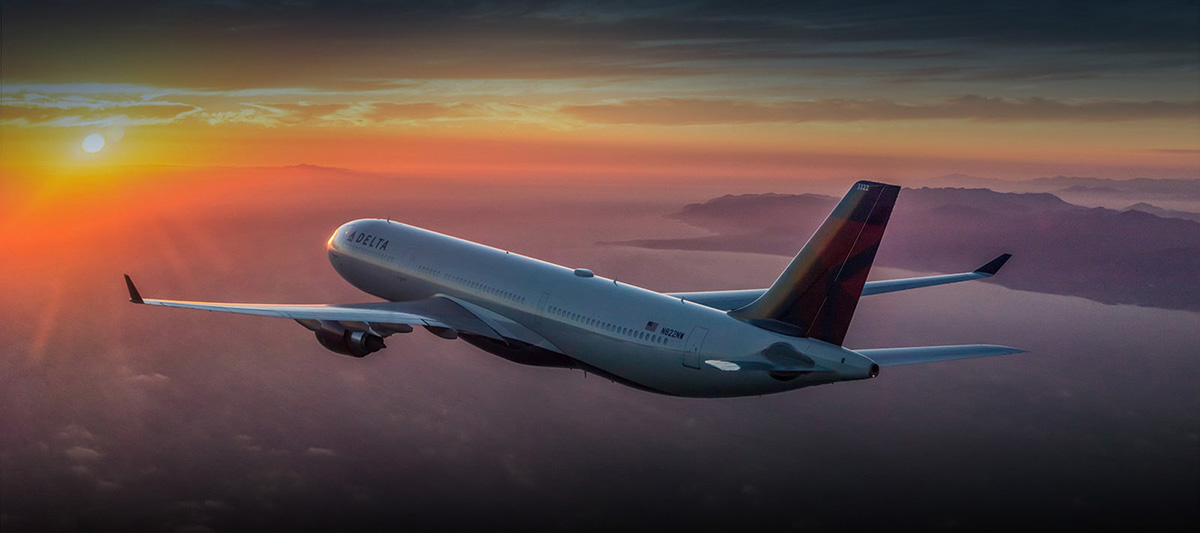If you are a frequent traveler, then you may be wondering why Delta Air Lines has been hitting less turbulence year-over-year compared to other airlines. Darren Murph of The Points Guy pointed out that Delta Air Lines recently met with personnel from the National Oceanic and Atmospheric Administration to explain what they changed.
A scientist at the NOAA was tracking automated turbulence reports and learned Delta was actually the only airline to see decreased encounters with higher levels of turbulence in the past three years. This is interesting because Delta’s rivals fly through the same regions on the same days to the same airports.
Delta pilots achieve this by communicating with each other through onboard iPads. Even though Delta’s Flight Weather Viewer app has been around for a while, it has been revamped. For example, it used to be split across two Microsoft Surface apps (one domestic and one global). Now it is a single app that is compatible on Apple iPads available to pilots on all Delta mainline flights.
And it is believed that the use of this app is above 80%, which is impressive because the use of this app is not built into flight training programs. Pilots are actually still being trained to use Pilot Reports — which are known as PIREPs.
While Pilot Reports are often useful, the data tends to become outdated. That is because pilots are rarely in the same place at the same time.
 Photo Credit: Delta
Photo Credit: Delta
The Delta Flight Weather Viewer made PIREPs obsolete by analyzing hundreds of thousands of data points to create models for forecasting turbulence with a substantially high level of confidence. As a result, the app helps save time, fuel, and emissions. And passengers face less discomfort as a result.
Another interesting point that Murph explained in the report is about how Delta has a long history of flying into and over hurricanes. In fact, Delta was a lone wolf while operating flights into and out of San Juan Luis Muñoz Marín Airport (SJU) in Puerto Rico despite the severity of Hurricane Maria.
This is possible because Delta does not just rely on public weather maps. Since a plane is comparably tiny and nimble, it can maneuver around narrow bands. Delta reviews that data and it has an in-house team for making granular decisions.
Read More On Pulse 2.0:
– How Delta Is Improving Its Operations With A New App
– Delta Is Working On Free In-Flight Wi-Fi For All Passengers


